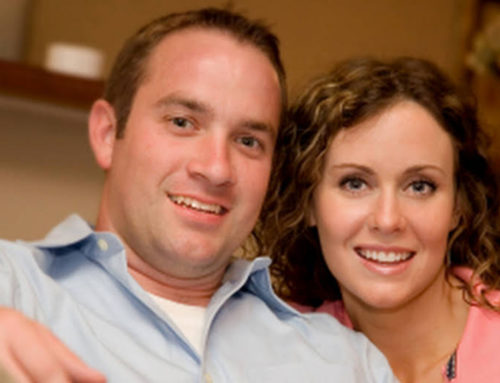
Sarah Payne (left) writes about her daughter, Madelyn, who has been treated at Children’s Minnesota and Minnesota Epilepsy Group for infantile spasms, a specific type of epileptic seizure.
Sarah Payne
We welcomed our sweet baby girl, Madelyn, to this world in October 2013. Around her first birthday, Madelyn started making random, spontaneous movements. My husband and I knew about seizures from our jobs as an EMT and a school psychologist, respectively. Her movements didn’t look like a “typical seizure,” so we started recording them on our phones to show our pediatrician who referred us to a local neurologist.
The neurologist determined Madelyn had epilepsy, which was devastating to hear and even scarier that we didn’t know what form she had. Madelyn never had an episode while under EEG monitoring, making a specific diagnosis difficult. We began trying various oral medications to manage the seizure clusters, but they kept increasing in frequency and duration.
One week before a family vacation to Galveston Island, Texas, it was decided that Madelyn would begin daily ACTH (adrenocorticotropic hormone) injections when we returned home. ACTH is often used to treat infantile spasms, a specific type of epileptic seizure. And, while Madelyn’s symptoms were not typical of infantile spasms, which most often are seen in infants 4 to 6 months of age, it was believed she did, indeed, have them. For the trip, we brought four tubes of Diastat (an emergency medication, injected rectally) to stop her seizures in an emergency. Madelyn had a seizure on each flight. The panic of being on an airplane in this situation was overwhelming. Over that week, we used all four syringes of Diastat, and our first stop when we arrived back in town was the pharmacy for a refill. We felt our lives changing as this became our “normal”: a sense of hyper-vigilance in public places, always looking for the nearest restroom or exit to run to if she began having a seizure, and always having a Diastat within arm’s reach.
Upon returning from Texas, we started the grueling process of administering ACTH. We did this every day for six weeks, but it didn’t work. Holding my 1-year-old down to give her a shot was not the bedtime routine I dreamed of when I thought of becoming a parent. At the time, Madelyn was having five seizure clusters per day, each lasting up to 20 minutes in length. I couldn’t accept that this was how our lives would be.
I then found Children’s Minnesota and Minnesota Epilepsy Group. We met with Dr. Nitin Agarwal and in August 2015, following an overnight EEG study, it was confirmed that Madelyn had infantile spasms. We left Children’s feeling hopeful that we finally had a confirmed diagnosis and confident in the new treatment plan. Madelyn was prescribed Sabril, a different medication to specifically treat infantile spasms. We started the treatment on a Thursday and within a day Madelyn stopped having seizures but became sedated. On Friday morning, I couldn’t wake Madelyn up. We took her to see our doctor, and she was admitted to our local hospital. After two days of sedation, Madelyn was transferred to the St. Paul campus of Children’s Minnesota via ambulance.
Read more here:
https://www.childrensmn.org/2016/05/24/treatment-for-infantile-spasms/


